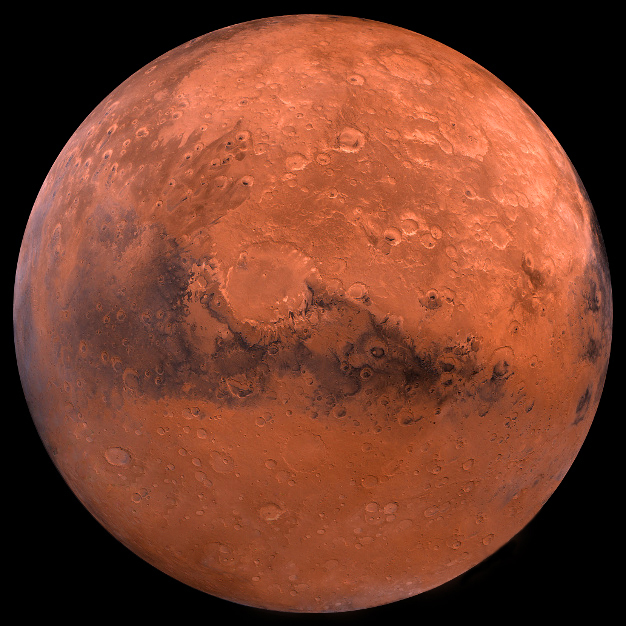
A European spacecraft has confirmed a report of methane being released from the surface of Mars. The methane spike was first measured by Nasa’s Curiosity rover on the surface; now it has been confirmed by the Mars Express orbiter.
The nature and extent of methane in the Martian atmosphere is intensely debated. The gas is of interest because terrestrial methane can be made by life forms, as well as geological processes. Methane is only supposed to have a very short lifetime in the Martian atmosphere, so detecting it there means it must have been released very recently.
A strong signal of methane was measured by the Curiosity rover on 15 June 2013.The measurement was confirmed in data collected the next day by the Planetary Fourier Spectrometer (PFS) on board Mars Express.
“In general we did not detect any methane, aside from one definite detection of about 15 parts per billion by volume of methane in the atmosphere, which turned out to be a day after Curiosity reported a spike of about six parts per billion,” says Marco Giuranna, principal investigator for the PFS.
“Although parts per billion in general means a relatively small amount, it is quite remarkable for Mars – our measurement corresponds to an average of about 46 tonnes of methane that was present in the area of 49,000 square kilometres observed from our orbit.”
